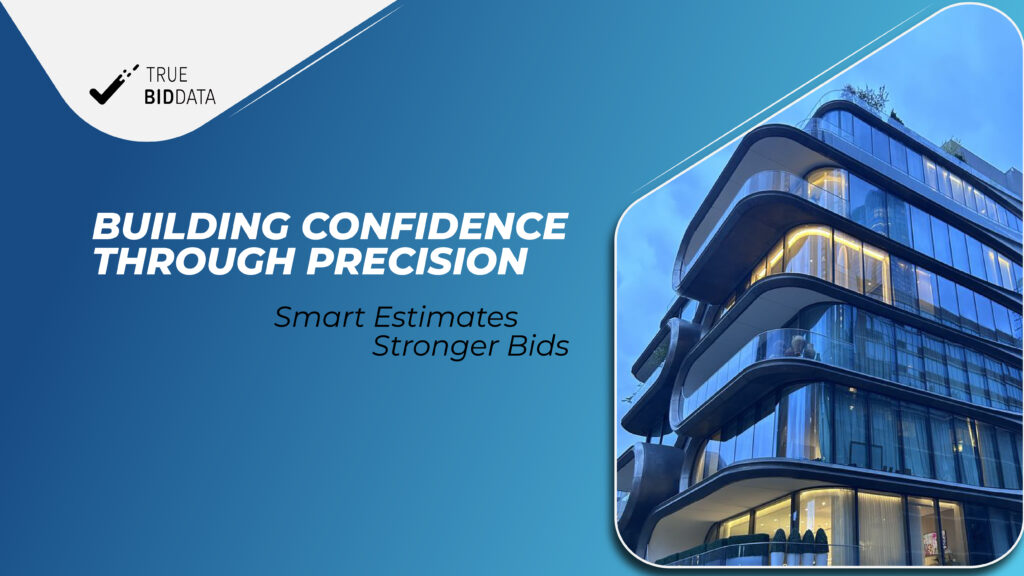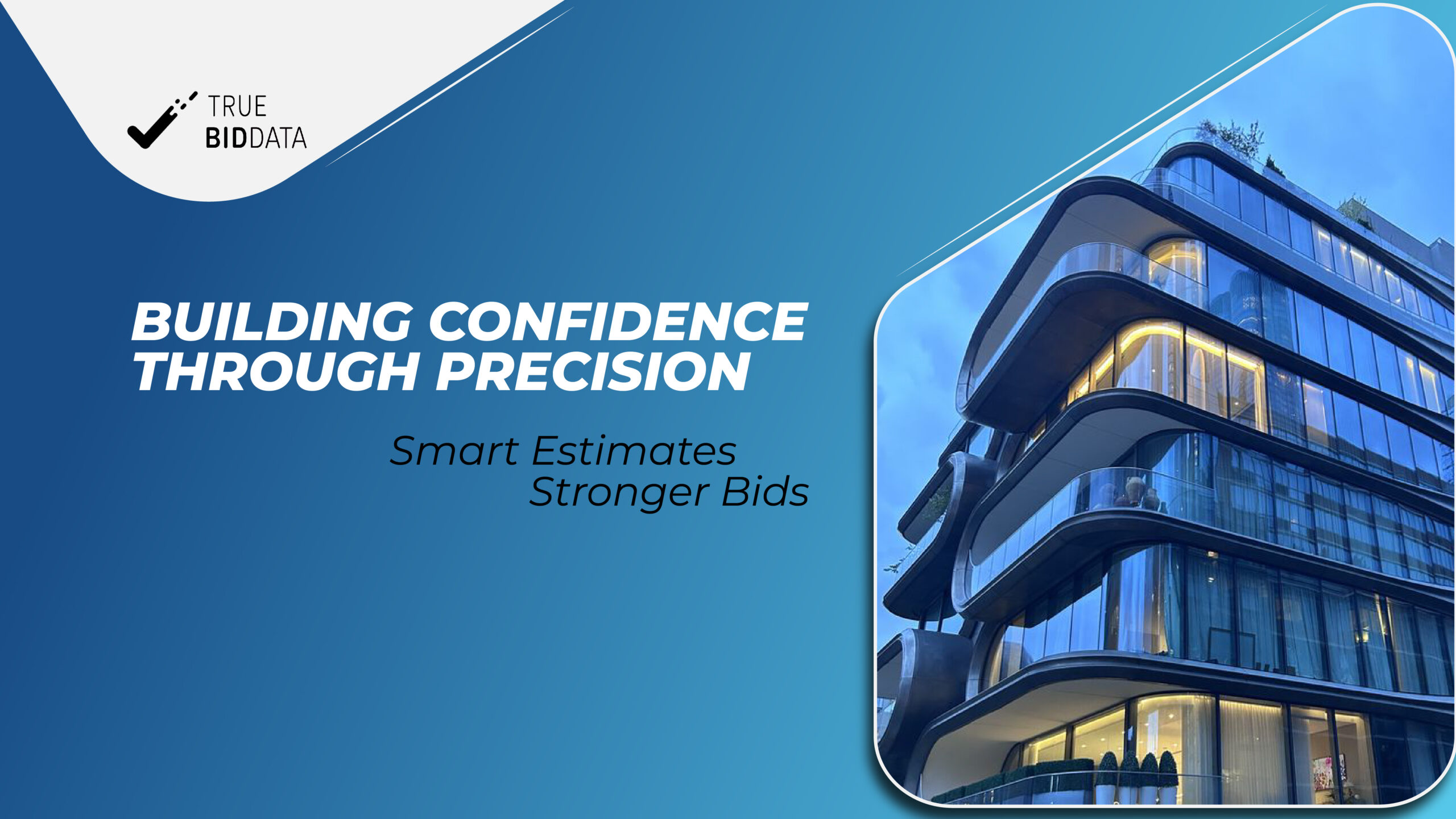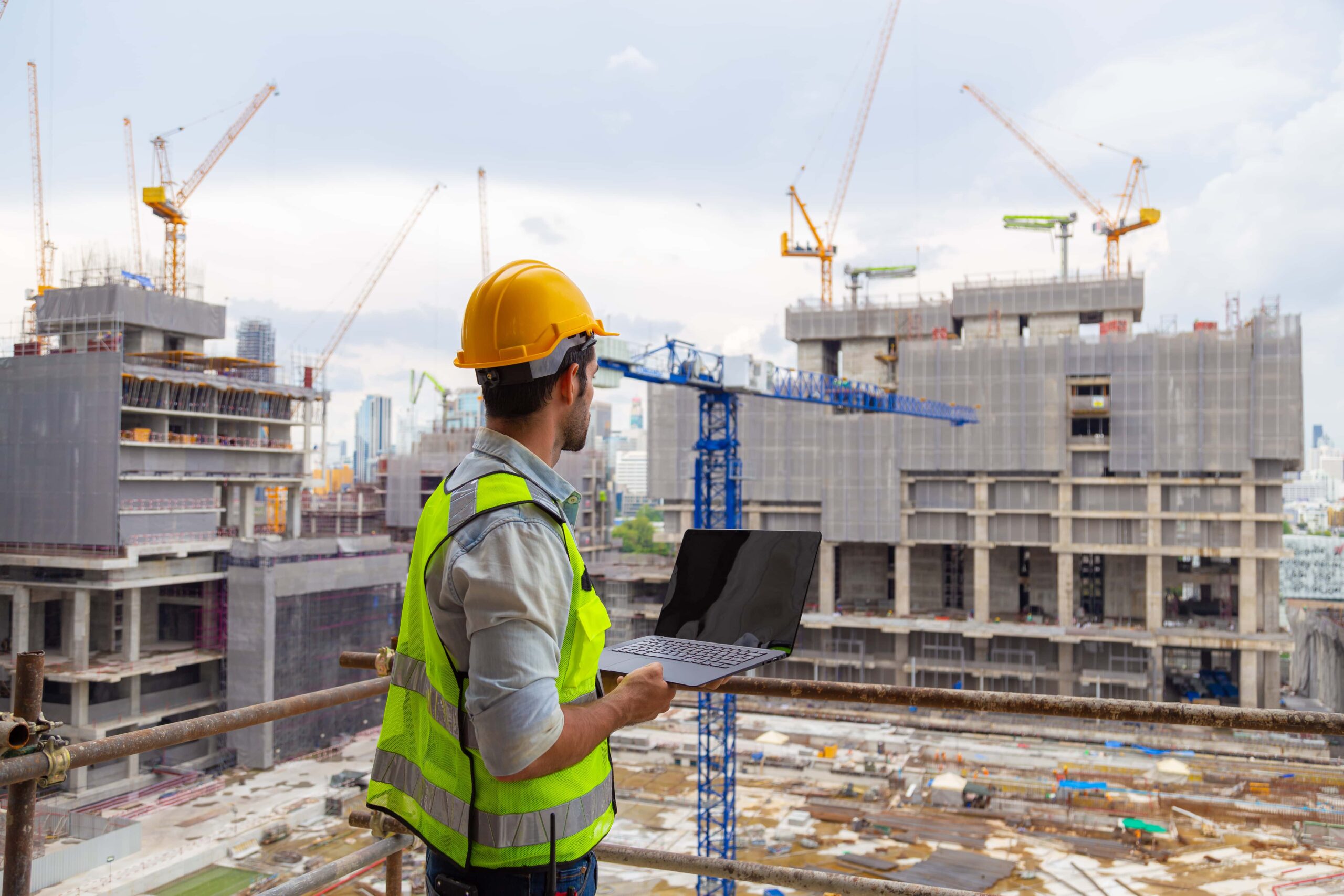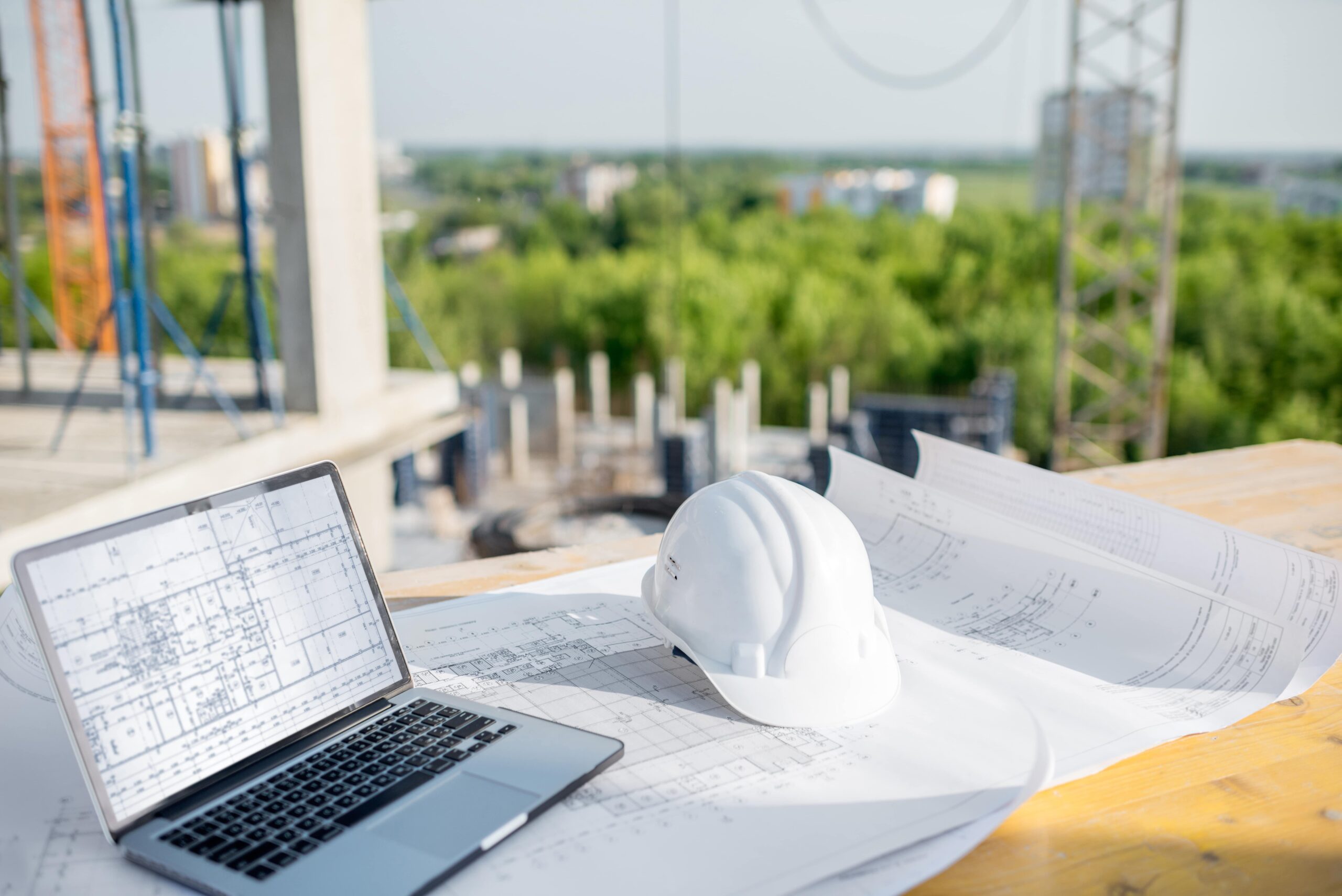
In the dynamic environment of New York City’s construction industry, the cost estimation for building construction has evolved into a data-driven, technology-enhanced process. Rising material prices, labor market volatility, and complex regulatory demands require precision that goes beyond traditional methods.
At True Bid Data, analytics and digital strategy transform the way firms estimate, manage, and forecast construction costs. By integrating real-time data, predictive modeling, and visualization tools, NYC builders gain the insights they need to plan smarter, minimize risk, and maintain profitability.
The Shift from Traditional Estimation to Data-Driven Accuracy
Historically, cost estimation for building construction relied on static spreadsheets and manual calculations based on historical data and experience. While useful, these methods often fail to reflect New York City’s ever-changing economic and regulatory landscape.
Data analytics revolutionizes this process by connecting real-time datasets from supplier pricing and labor availability to inflation indexes and project timelines.
Through True Bid Data’s analytics framework, estimators can identify correlations between materials, logistics, and scheduling factors that influence total cost. For instance, using data-driven insights, a project manager can anticipate how supply chain delays in steel shipments might impact labor costs weeks before they occur.
This integration of analytics transforms cost estimation from a reactive process into a proactive strategic advantage.
Predictive Analytics: Building Smarter, Not Just Cheaper
Predictive analytics enables construction teams to forecast future cost scenarios based on historical and current data. By analyzing variables such as inflation, demand cycles, and environmental conditions, firms can anticipate financial challenges before they arise.
For example, a predictive model might project a 12% increase in concrete prices in the next quarter due to supply shortages. With that knowledge, project managers can adjust procurement strategies early, saving both time and money.
In NYC, where project budgets often span millions of dollars, this kind of predictive intelligence is essential for maintaining profitability and ensuring competitive bids.
Integrating Digital Strategy with Construction Estimation
Digital strategy plays a central role in modern cost estimation for building construction. By integrating analytics platforms with project management and procurement systems, firms create a connected ecosystem where cost data remains accurate and current throughout every stage of a project.
Through True Bid Data’s approach, NYC construction firms can:
- Automate cost updates as design or material choices change.
- Synchronize estimation with procurement and scheduling systems.
- Visualize cost breakdowns across time, category, and geography.
This digital alignment ensures all stakeholders from architects to investors work from the same source of truth, improving both communication and decision-making.
The Value of Local and Geospatial Data in NYC Construction
Location-specific data provides the context needed for accurate building cost estimation in New York City. Geospatial analytics consider physical, logistical, and regulatory variables that can significantly impact costs.
Factors such as delivery routes, site accessibility, zoning laws, and workforce proximity are crucial in estimating realistic project expenses.
For example:
- Building in Midtown Manhattan often incurs higher logistics costs due to congestion and limited staging space.
- Projects in Queens or Brooklyn may have lower delivery expenses but longer permitting timelines.
By incorporating such local intelligence, True Bid Data helps NYC firms adjust their estimates for real-world challenges, improving accuracy and avoiding mid-project surprises.
Data Transparency: Strengthening Collaboration and Trust
Transparency is a hallmark of effective construction management and data analytics makes it achievable. Through centralized dashboards and shared analytics platforms, stakeholders can visualize project costs, understand financial assumptions, and track real-time updates.
Instead of relying on static reports, project teams gain interactive insights into how estimates evolve based on design modifications, material fluctuations, or scheduling changes.
This transparency fosters trust between developers, clients, and contractors critical in NYC’s competitive, deadline-driven construction environment. True Bid Data’s transparent systems turn cost estimation into a collaborative, data-supported dialogue rather than a point of contention.
Sustainability Metrics and Lifecycle Cost Insights
As New York City enforces stricter sustainability standards, data analytics now includes environmental and lifecycle metrics within cost estimation.
Estimators can quantify how eco-friendly materials, renewable energy systems, and energy-efficient technologies impact long-term costs. For example, while sustainable materials may increase upfront expenses, analytics can reveal substantial lifecycle savings in energy consumption and maintenance over decades.
True Bid Data integrates these sustainability insights directly into its estimation models, helping firms balance financial and environmental priorities seamlessly.
Artificial Intelligence and Automation: The Next Evolution
The future of cost estimation for building construction in NYC is shaped by artificial intelligence (AI) and automation.
AI-driven systems continuously learn from past projects, improving accuracy over time. They can analyze massive datasets in seconds, detect cost anomalies, and generate optimized budgets based on real-time data.
Automation also eliminates repetitive tasks like updating supplier prices or recalculating budgets after design revisions freeing estimators to focus on strategy and value engineering.
In New York’s fast-moving construction landscape, this technology doesn’t just save time; it enables smarter bidding and faster decision-making.
Turning Data into Competitive Strategy
Beyond accuracy, the true power of analytics in cost estimation lies in strategic insight. Firms that harness data gain the ability to predict market trends, anticipate risks, and refine project performance over time.
For example, by analyzing cost data across multiple completed projects, True Bid Data can identify patterns in overruns, inefficiencies, and supplier performance—offering valuable intelligence for future bids.
This continuous feedback loop transforms cost estimation into a strategic business function rather than a one-time calculation. In NYC, where competition is fierce, that strategic edge can define who wins major contracts.
Conclusion: Building the Future with Data-Backed Precision
The cost estimation for building construction in New York City is no longer a matter of estimation alone it’s an exercise in analytics, strategy, and foresight.
By combining predictive modeling, digital integration, and transparent data visualization, True Bid Data empowers construction professionals to achieve new levels of accuracy and control.
In a city built on precision, analytics is the new foundation. Those who leverage data not only estimate better they build better.




